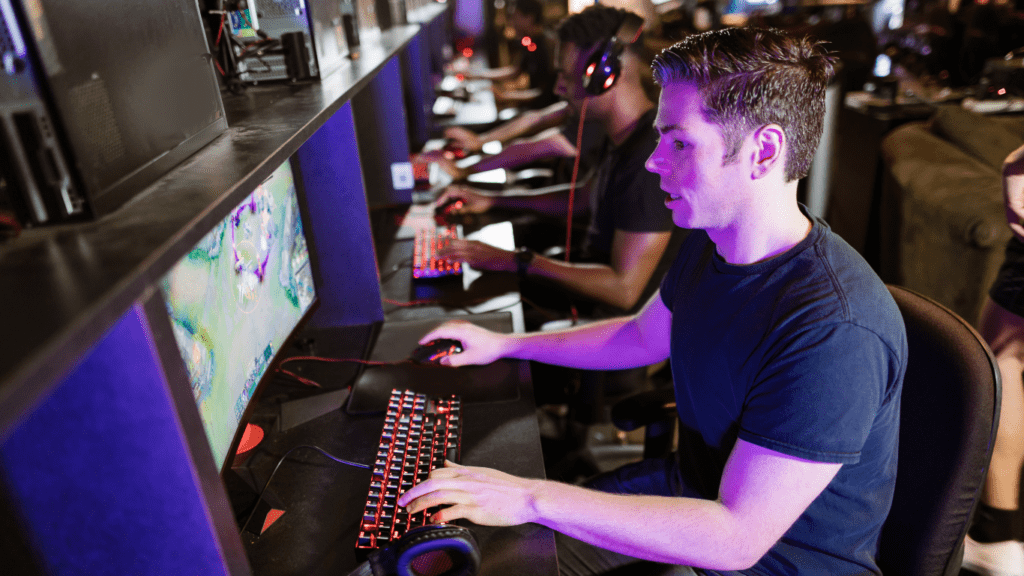Rise of Esports and Fan Engagement
Historical Perspective on Esports Popularity
Esports has roots dating back to the early 1970s when the first video game competitions were held.
Events like the 1980 Space Invaders Championship drew over 10,000 participants, showcasing the potential of organized gaming competitions.
The 1990s saw the emergence of professional esports tournaments, with games like StarCraft and Counter-Strike dominating the scene.
Since then, esports has grown exponentially, with major tournaments now offering millions in prize money and drawing massive global audiences.
The Modern Fan Base
The modern esports fan base is diverse, spanning all age groups and geographies.
Platforms like:
- Twitch
- YouTube Gaming
- Facebook gaming
- TikTok
allow fans to connect with their favorite players and teams 24/7.
Social media enhances this connection by offering real-time updates, behind-the-scenes content, and direct interactions with esports personalities.
Fans don’t just watch games; they engage through voting, live chats, and exclusive memberships, making them active participants in the esports ecosystem.
This vibrant and engaged community has become a central focus for organizations aiming to innovate fan engagement strategies.
Innovative Engagement Strategies
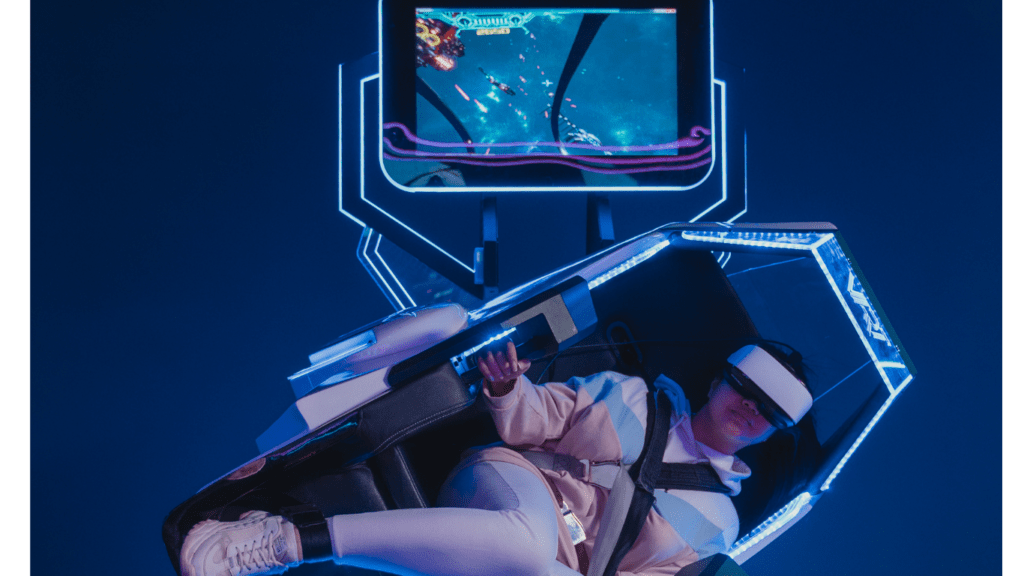
Virtual Reality Experiences
Esports organizations introduce virtual reality (VR) experiences to immerse fans deeply into the gaming environment.
These VR setups allow users to engage with their favorite games and teams from an entirely new perspective.
For instance, VR headsets transport fans into virtual stadiums, where they can watch matches alongside avatars of other fans.
Major tournaments like the League of Legends World Championship and The International for Dota 2 are leveraging VR technology, offering exclusive behind-the-scenes content and player interactions.
This innovation not only enhances viewer experiences but also creates a sense of community among fans, similar to what traditional sports enthusiasts find in physical arenas.
Interactive Platforms and Apps
Interactive platforms and apps are revolutionizing how esports organizations engage with fans.
Platforms like Twitch and YouTube Gaming offer real-time communication channels, allowing fans to vote during matches, join live chats, and participate in community challenges.
These interactive elements enhance the engagement experience by making fans active participants rather than passive viewers.
Apps from leading esports organizations provide exclusive content like interviews, strategy breakdowns, and personalized updates.
Through these apps, fans can also access e-commerce features, participating in team and event merchandise sales.
This approach ensures that organizations maintain a continuous and engaging connection with their audience.
Social Media’s Role in Fan Engagement
1. Leveraging Influencers and Streamers
Influencers and streamers play a pivotal role in esports fan engagement.
Their massive followings help organizations reach wider audiences.
For example Shroud or Ninja attract millions of viewers, boosting visibility and interaction.
By partnering with these personalities, esports teams can promote events, merchandise, and exclusive content directly through trusted voices.
The personal connection that influencers establish with fans enhances loyalty and keeps audiences invested in the organization’s activities.
2. Fan-driven Content and Competitions
Fan-driven content and competitions enhance engagement by inviting fans to actively participate. Esports organizations regularly launch hashtag challenges, fan art contests, or user-generated content campaigns, generating buzz and fostering community.
For instance, FaZe Clan often hosts art showcases where fans submit designs for potential team merchandise.
Such initiatives not only reward creativity but also strengthen the bond between the team and its supporters.
Moreover, interactive fan competitions held on platforms like Twitter and Instagram increase engagement and visibility for the brand.
Economic Impacts of Enhanced Fan Engagement
Merchandising and Brand Collaborations
Enhanced fan engagement directly boosts merchandise sales and brand collaborations.
Esports organizations partner with well-known brands to create exclusive merchandise, leveraging the engaged fan base.
For example, collaborations between organizations like FaZe Clan and brands such as Champion and Nike introduce limited-edition apparel lines that quickly sell out.
These partnerships generate significant revenue while enhancing brand visibility.
Engaged fans are more likely to purchase co-branded products due to the emotional connection and loyalty they feel towards their favorite teams and players.
3. Sponsorships and Revenue Streams
Increased fan engagement attracts more sponsorship deals and diverse revenue streams for esports organizations.
High engagement levels signal strong community support, which appeals to potential sponsors.
For example, Cloud9’s partnership with BMW shows how enhanced fan engagement can secure high-profile sponsorships.
Sponsors value the direct access to a dedicated and passionate audience.
Moreover, the revenue generated from ticket sales, membership subscriptions, and digital content extends beyond traditional sponsorship.
Platforms like Patreon and OnlyFans for exclusive content offerings open new revenue channels for esports organizations.
Engaged fans willingly pay for early access, exclusive content, and virtual experiences, further solidifying the financial stability of these organizations.


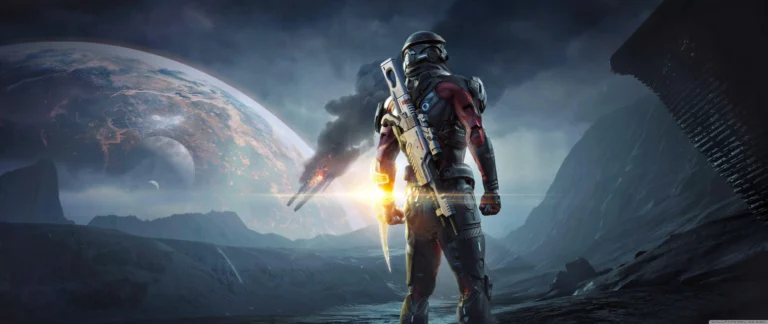






























































































































































































































































































































































































































































































































































































































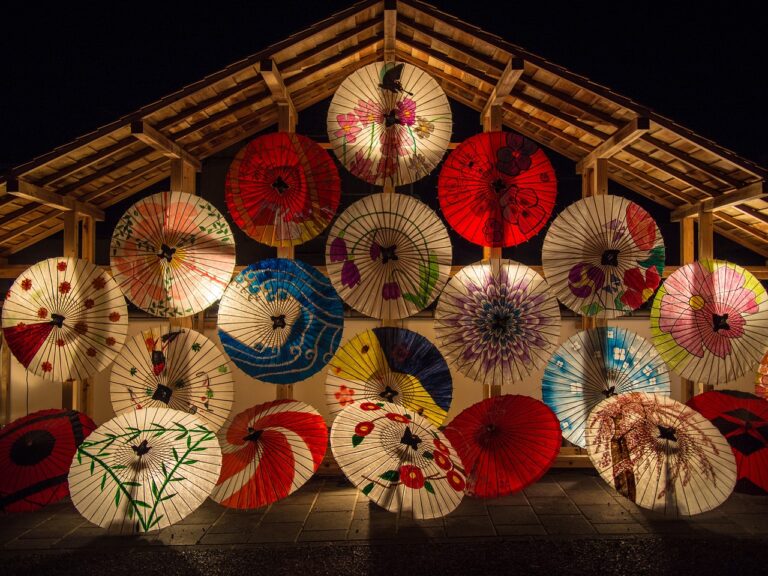











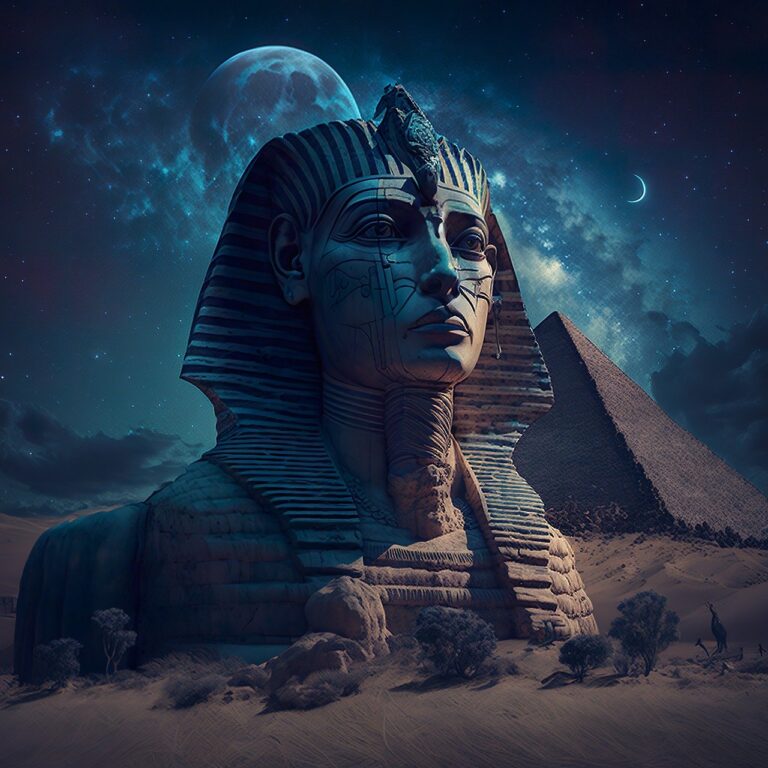













































 Charlie Bracegirdle seamlessly combines his passion for gaming with his role at Infinity Game Saga, where he is both a dedicated gamer and a prominent content creator. As an integral member of the team, Charlie brings a wealth of experience and a deep understanding of the gaming industry to his work. His articles and content cover a broad spectrum of gaming topics, from detailed reviews and insightful industry analyses to the latest trends and upcoming releases.
Charlie’s unique perspective, shaped by his own extensive gaming experiences, allows him to engage with readers in a meaningful way. His writing not only informs but also entertains, providing a blend of professional insight and personal enthusiasm. Whether he's exploring new game mechanics, dissecting game strategies, or sharing his thoughts on the future of gaming, Charlie's contributions make a significant impact on the Infinity Game Saga community. Through his work, he bridges the gap between gamers and the evolving landscape of the gaming world, enhancing the experience for all who follow his updates and analyses.
Charlie Bracegirdle seamlessly combines his passion for gaming with his role at Infinity Game Saga, where he is both a dedicated gamer and a prominent content creator. As an integral member of the team, Charlie brings a wealth of experience and a deep understanding of the gaming industry to his work. His articles and content cover a broad spectrum of gaming topics, from detailed reviews and insightful industry analyses to the latest trends and upcoming releases.
Charlie’s unique perspective, shaped by his own extensive gaming experiences, allows him to engage with readers in a meaningful way. His writing not only informs but also entertains, providing a blend of professional insight and personal enthusiasm. Whether he's exploring new game mechanics, dissecting game strategies, or sharing his thoughts on the future of gaming, Charlie's contributions make a significant impact on the Infinity Game Saga community. Through his work, he bridges the gap between gamers and the evolving landscape of the gaming world, enhancing the experience for all who follow his updates and analyses.
